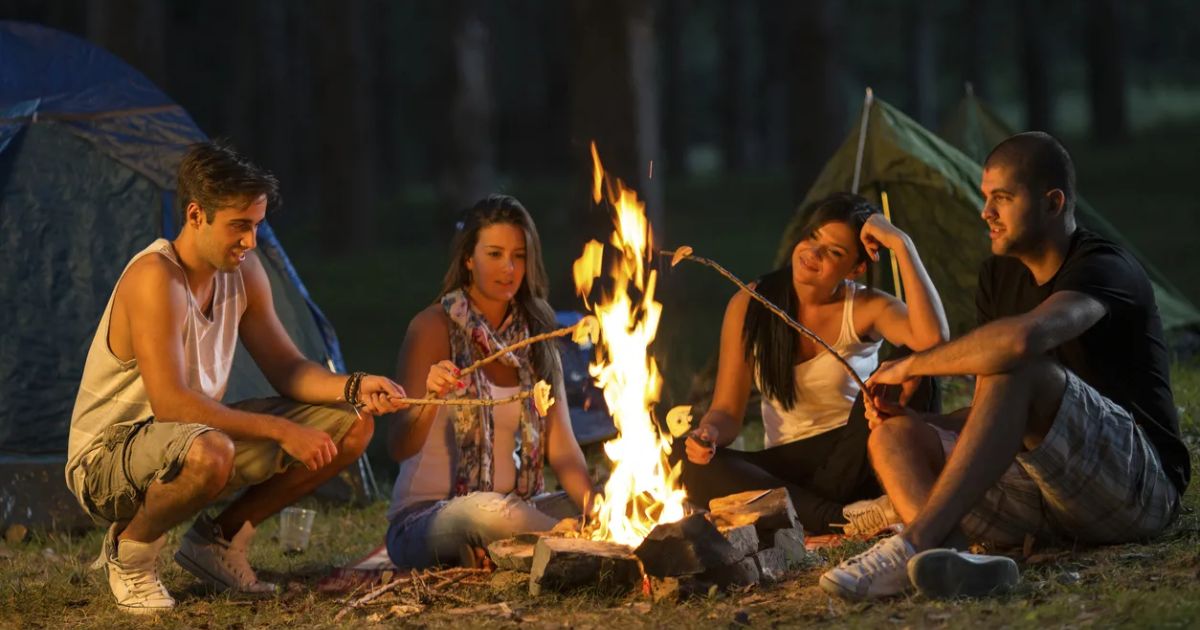In recent years, allegations of abuse and mistreatment at wilderness therapy programs have garnered significant attention, sparking concerns among parents, mental health professionals, and advocacy groups. One such program that has come under scrutiny is BlueFire Wilderness, a wilderness therapy program designed to help struggling teens overcome behavioral and emotional challenges. In this article, we will delve into the facts surrounding allegations of BlueFire Wilderness abuse, separating reality from speculation and providing insight into the efficacy and safety of wilderness therapy programs.


Understanding Wilderness Therapy
Before addressing allegations of abuse at BlueFire Wilderness, it’s essential to understand the concept of wilderness therapy and its role in treating adolescents with behavioral and emotional issues. Wilderness therapy involves immersive outdoor experiences designed to promote personal growth, self-reflection, and therapeutic healing in a natural setting. Participants engage in activities such as hiking, camping, and group therapy sessions facilitated by trained wilderness guides and licensed therapists.The Allegations Against BlueFire Wilderness
- Media Reports and Testimonials: In recent years, media reports and online testimonials have surfaced alleging instances of abuse, neglect, and mistreatment at BlueFire Wilderness. These accounts have raised concerns about the safety and ethical practices of the program, prompting calls for greater transparency and accountability.
- Legal Actions and Investigations: In response to allegations of abuse, several lawsuits have been filed against BlueFire Wilderness, alleging negligence, emotional distress, and other claims. Additionally, regulatory agencies and licensing boards have launched investigations into the program’s practices, aiming to determine the validity of the allegations and ensure compliance with industry standards and regulations.
- Parent and Participant Experiences: While some parents and participants have reported positive experiences with BlueFire Wilderness, others have expressed dissatisfaction and concern about their treatment and the program’s handling of their specific needs. These firsthand accounts provide valuable insights into the realities of participating in wilderness therapy and the impact it can have on individuals and families.
The Response from BlueFire Wilderness
- Denial of Allegations: BlueFire Wilderness has vehemently denied allegations of abuse and mistreatment, asserting that the safety and well-being of participants are their top priorities. The program maintains that all staff members undergo rigorous training and adhere to strict guidelines to ensure the safety and effectiveness of their therapeutic interventions.
- Commitment to Transparency and Accountability: In response to the allegations, BlueFire Wilderness has pledged to enhance transparency and accountability measures, including implementing stricter oversight protocols, enhancing staff training and supervision, and improving communication with participants and their families. Additionally, the program has stated its commitment to working collaboratively with regulatory agencies and licensing boards to address any concerns and ensure compliance with industry standards.
- Focus on Participant Safety and Well-Being: BlueFire Wilderness emphasizes its dedication to providing a safe and supportive environment for participants to engage in therapeutic wilderness experiences. The program emphasizes the importance of fostering trust, empathy, and respect among staff and participants, promoting a culture of accountability and collaboration throughout the treatment process.

Navigating the Controversy: Considerations for Parents and Professionals
- Research and Due Diligence: For parents considering enrolling their child in a wilderness therapy program like BlueFire Wilderness, thorough research and due diligence are essential. This includes reviewing program accreditation, licensure, and certification, as well as conducting background checks on staff members and exploring testimonials and reviews from former participants and their families.
- Open Communication and Collaboration: Effective communication and collaboration between parents, mental health professionals, and program staff are crucial for ensuring the safety and well-being of participants in wilderness therapy programs. Parents should feel empowered to ask questions, express concerns, and advocate for their child’s needs throughout the treatment process.
- Monitoring and Follow-Up: Ongoing monitoring and follow-up are essential components of a successful wilderness therapy experience. Parents should maintain regular communication with program staff, therapists, and their child during the program and after completion to assess progress, address any concerns, and ensure continuity of care upon return home.
Understanding the risks and benefits
- Balancing Risks and Benefits: Like any therapeutic intervention, wilderness therapy carries inherent risks and benefits that must be carefully weighed and considered. While the immersive outdoor experience can foster personal growth and self-discovery, it also presents challenges and potential hazards that may not be suitable for all individuals.
- Assessing Individual Needs: When considering wilderness therapy for a struggling teen, it’s essential to assess their unique needs, strengths, and challenges to determine whether it is the right fit for their circumstances. Factors such as mental health history, physical health concerns, and personal preferences should all be taken into account when making this decision.

Advocating for participant rights
- Ensuring Informed Consent: Informed consent is a fundamental ethical principle that should guide the participation of adolescents in wilderness therapy programs. Parents and professionals should ensure that participants and their families fully understand the nature of the program, including potential risks, benefits, and alternatives, before making an informed decision to enroll.
- Promoting Participant Autonomy: Adolescents participating in wilderness therapy programs should be empowered to exercise autonomy and agency in their treatment journey. This includes the right to express preferences, set goals, and participate in decision-making processes that impact their care and well-being.
Promoting ethical practices and accountability
- Advocating for Industry Standards: Parents and professionals have a responsibility to advocate for industry standards and best practices in wilderness therapy, including adherence to ethical guidelines, safety protocols, and evidence-based interventions. By holding programs accountable to these standards, we can help ensure the integrity and effectiveness of wilderness therapy as a therapeutic modality.
- Reporting Concerns and Complaints: If parents or professionals have concerns about the safety or well-being of participants at BlueFire Wilderness or any other program, it’s essential to report these concerns to the appropriate authorities and regulatory agencies. This includes contacting state licensing boards, accrediting bodies, and advocacy organizations that specialize in wilderness therapy oversight.
